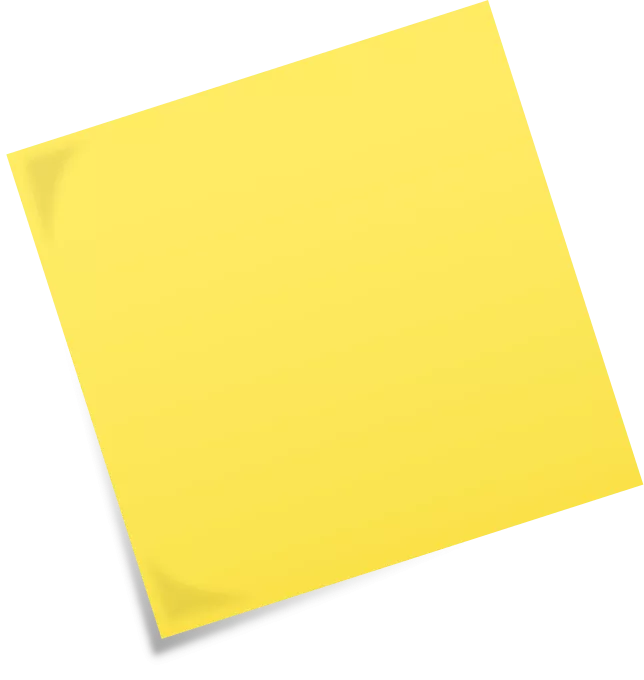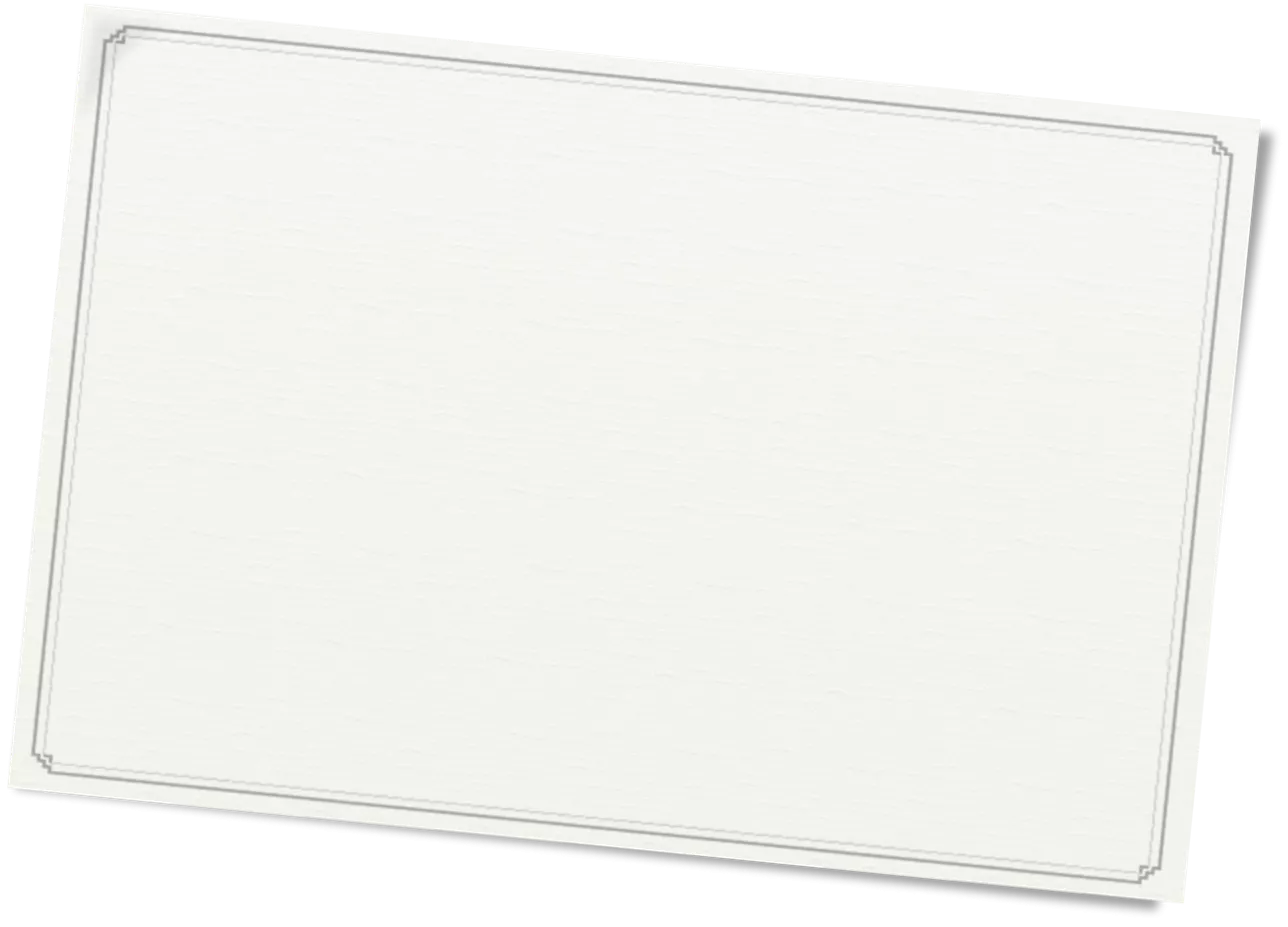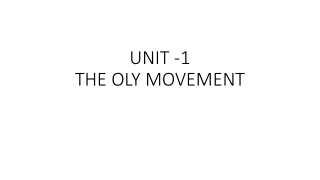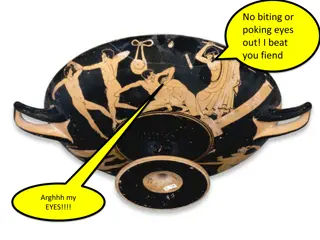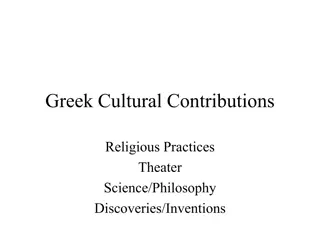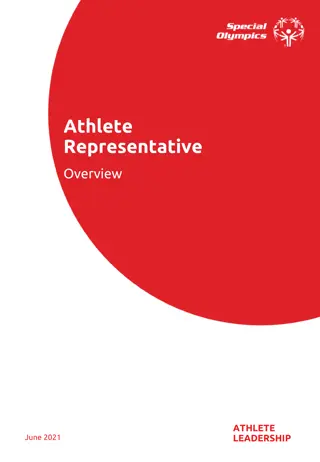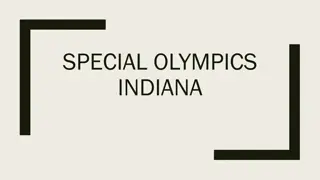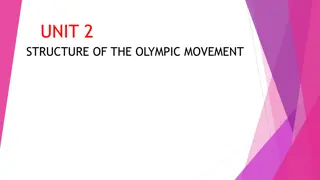Debating the Olympics: For or Against London 2012
In January 2012, a writing task challenged students to take a stance on the upcoming Olympic Games in London. This content provides guidance on constructing a formal argument in a letter to a national newspaper. Explore viewpoints for and against the Olympics, plan arguments, format a formal letter, and include essential elements for a top-grade response.
Uploaded on Mar 05, 2025 | 0 Views
Download Presentation

Please find below an Image/Link to download the presentation.
The content on the website is provided AS IS for your information and personal use only. It may not be sold, licensed, or shared on other websites without obtaining consent from the author.If you encounter any issues during the download, it is possible that the publisher has removed the file from their server.
You are allowed to download the files provided on this website for personal or commercial use, subject to the condition that they are used lawfully. All files are the property of their respective owners.
The content on the website is provided AS IS for your information and personal use only. It may not be sold, licensed, or shared on other websites without obtaining consent from the author.
E N D
Presentation Transcript
I Electrostatics 0 The study of electric charges at rest and their electric fields and potentials 0 Charges at rest if there is no net transfer of charge A. Microstructure of Matter 0 The smallest unit of matter is an atom 0 Atoms are made up of protons, neutrons and electrons 0 The electron is the fundamental negatively charged particle of matter 0 The proton is the fundamental positively charged particle of matter
0 The elementary charge (e) equals 0 The charge on an electron (-e) 0 The charge on a proton (+e) 0 Because all atoms are electrically neutral, atoms contain equal number of protons and neutrons 0 Neutrons have no charge
B. Charged Objects 0 Protons and neutrons cannot be removed from an atom 0 Electrically charged objects are formed when neutral objects gain or lose electrons 0 When an atom becomes a charged particle, it is called an ion 0 Excess electrons creates negative ions 0 Loss of electrons creates positive ions 0 Objects with the same sign of charge are repelled 0 Objects with opposite signs are attracted
C. Transfer of Charge 0 If a system only contains neutral objects, the total net charge is zero 0 If the objects are rubbed together, electrons are transferred 0 The system as a whole remains neutral
Example 3 spheres have initial charges 0e R -8e S +6e T 0 When R and S touch, excess electrons (-8e) move to neutral (0e) 0 When separated each sphere splits the excess 0 (-8e + 0e) 2 spheres 0 Each sphere becomes -4e 0 When S and T touch, excess electrons (-4e) moves to (+6e) 0 When separated each sphere splits the excess 0 (-4e + 6e) 2 spheres 0 Each sphere becomes +1e 0 TOTALS R = -4e S = +1e T = +1e
D. Quantity of Charge 0 SI unit of charge is a coulomb (C) 0 1C = 6.25 x 1018 elementary charges (electrons) 0 The charge on an electron (-e) = 1.6 x 10-19C 0 The net charge on a charged object is always a multiple of the charge on an electron
E. Coulombs Law 0 The electrostatic force between 2 charges is 0 Directly related to the product of the charges 0 Inversely related to the square of the distance between them kq1q2 r2 F = 0 F electrostatic force (newtons) 0 q charge (coulombs) 0 r distance between charges (meters) 0 k electrostatic constant (8.99 x 109 N m2/C2)
II. Electric Fields oRegion around a charged particle oExerts a force on other charged particles oRepresented by field lines oDirection a positive charge(+) would move oIf lines are curved, charge would move tangent to the point on the field line oBegin (+) and end (-) oNever cross oEnergy varies inversely squared with distance
oStrength E = F q Where E = electric field strength (N/C) F = force the charge experiences (N) q = the charge (C)
What is the magnitude of the electric field at a point in a field where an electron experiences a 1.0 N force? E = F q E = 1.0 N 1.60 x 10-19C E = 6.3 x 1018 N/C
A. Potential Difference oWork done as charge is moved against a field V = W q oWhere W is work in joules oq is charge in coulombs oV is potential difference oJoules/coulomb is the derived unit volt o 1 J/C = 1 volt oIf the charge is an elementary charge (ex. electron) thepotential difference is an electron volt (eV) o1 eV = 1.60 x 10-19J
Moving a point charge of 3.2 x 10-19 coulombs between two points in an electric field requires 4.8 x 10-18 joules. What is the potential difference between these two points? V = W q V = 4.8 x 10-18 J 3.2 x 10-19C V = 15 V
III Electric Current A. Electric current oThe rate that a charge passes a point in a circuit oRepresented using the symbol, I oUnit is an ampere (A) oFormula I = q t oI is current in amperes oq = charge in coulombs ot = time in seconds oCurrent is measured using an ammeter
B. Electric circuit oThe closed path that a charged particle moves along oPotential difference is also needed for an electric current oSupplied by o Cell o Battery oMeasured using a voltmeter oElectron flow determines the direction of current oA switch is used to make, break or change the connections in a circuit
C. Resistance oElectrical resistance (R) is the opposition of electron flow oRatio of potential difference to current flow oR = V I oWhere oV = potential difference in volts oI = current in amperes oR = resistance in volts per ampere Ohm ( )represents 1 volt per ampere oResistance is affected by temperature
A current of 0.10 amperes flow through a lamp connected to a 12.0-volt source. What is the resistance of the lamp? I = 0.10 A V = 12.0 V R = V I R = 12.0 V 0.10 A R = 120
Factors Affecting Resistance Length of Wire o Increasing length, increases the collisions of electrons with atoms in the wire o Directly related Thickness of Wire o Increasing thickness creates more spaces for electrons to travel through, decreasing the resistance o Inverse relationship with cross-sectional area Resistivity o Characteristic of the material o Good conductors have low resistivities o As temperature increases, resistivity increases o Values found in reference tables
Resistance of a Wire R = L A Where R is resistance in ohms ( ) is the resistivity in ohm-meters ( -m) L is length in meters (m) A is cross-sectional area in square meters (m2)
Determine the resistance of a 4.00-meter piece of copper wire that has a diameter of 2.00 mm at 20 C. copper = 1.72 x 10-2 L = 4.00 m Diameter = 0.002 m Area = r2 Area = (.001)2 Area = 3.14 x 10-6 m2 R = (1.72 x 10-2 x 4.00) 3.14 x 10-6 R =2.19 x 10-2
Resistor Device to have a definite amount of resistance Used to limit current flow Provide a potential drop Symbol
Electric Power Power (P) = Work/time Units Work,,,joules Time sec Power watts Electrical power is the product of VI Since V=IR then P = I2R

 undefined
undefined
